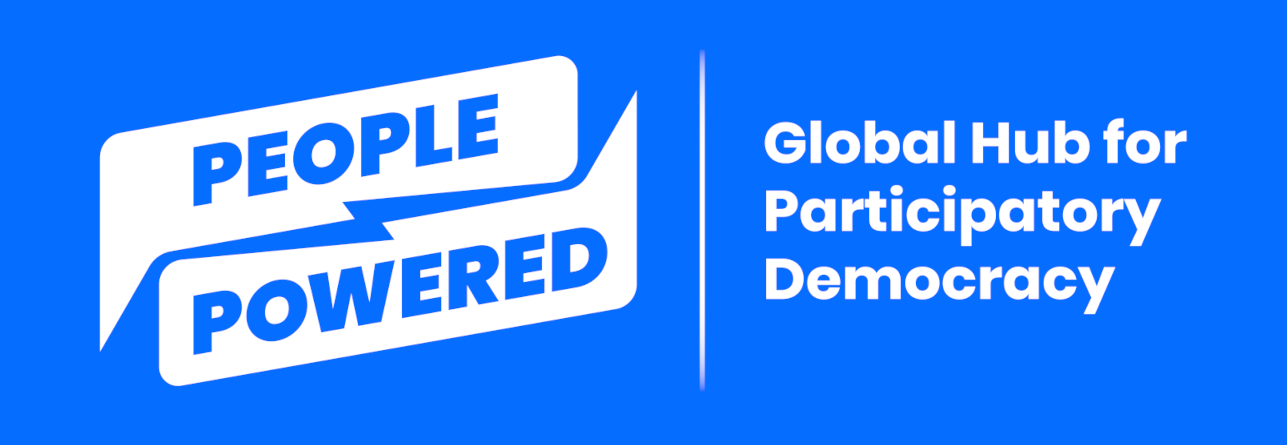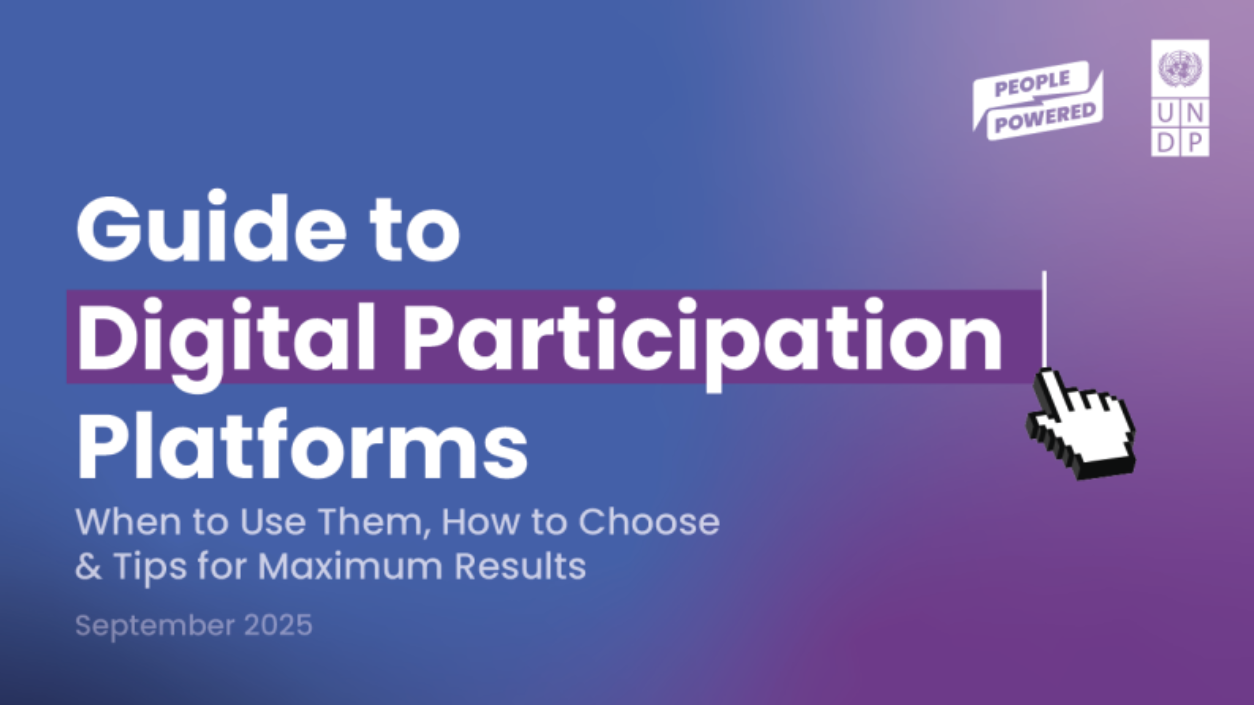Introduction to this Guide
Updated: September 2025
Over the past 15 years, governments and other institutions have leveraged digital platforms to engage citizens, residents, and constituents in decision-making. Platform developers, open source contributors, consultants and program administrators now comprise an ecosystem that invites the public to take on a greater role. They are increasingly digitizing existing programs like participatory budgeting, and envisioning entirely novel engagement patterns made possible by AI.
Around the world, entrepreneurs and civic hackers have developed a growing array of digital participation platforms to serve growing demand for people power. These tools help administrators within all levels of government, plus civil society organizations and other institutions, engage constituents. Collectively, they address almost any participatory method imaginable, including support for digitizing fully offline engagement methods.
If you are looking to engage your community, or are interested in how digital tools can strengthen community engagement, this guide is for you. It explains what digital participation platforms are and walks you through how to choose, set up, and run them.
Download the guide, or browse the sections below.







